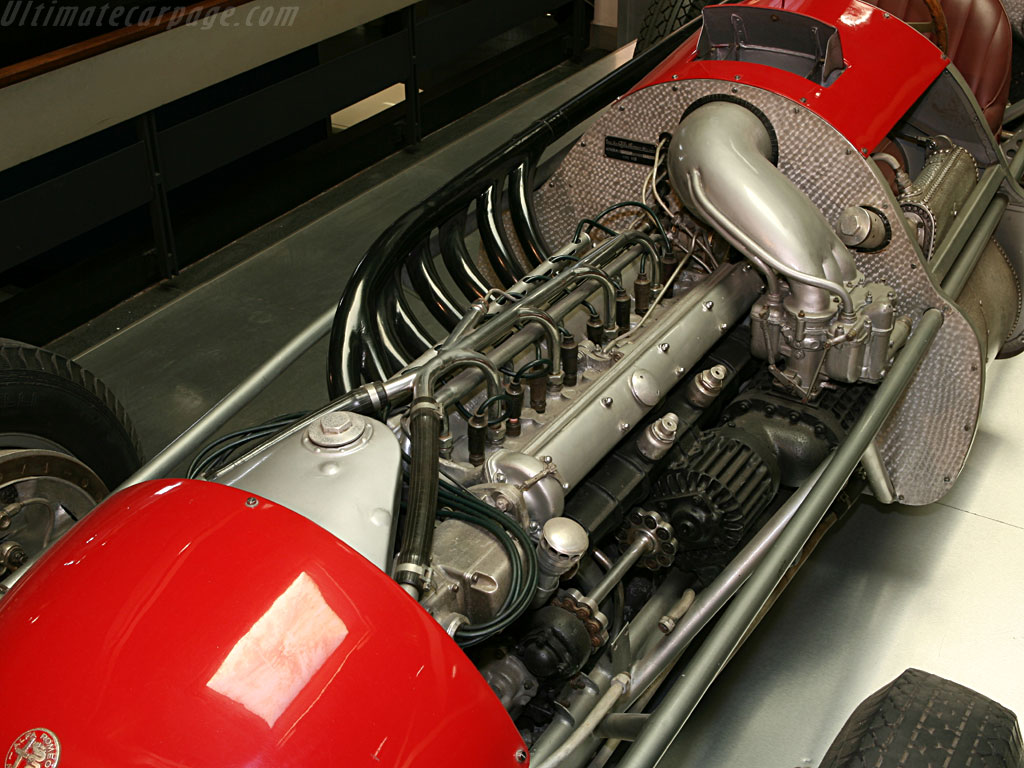Re: Una Foto por dia, de Motores...
JAJAJAJJAAJA nunca un puchito
Originally posted by El Negro 2007
View Post
JAJAJAJJAAJA nunca un puchito



















Comment